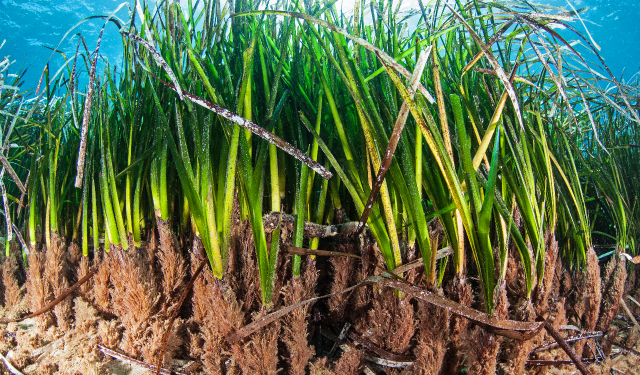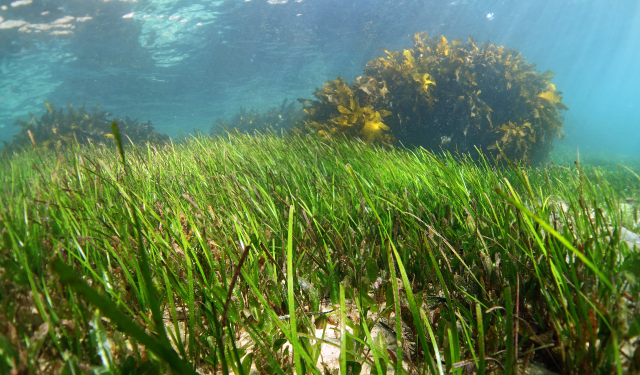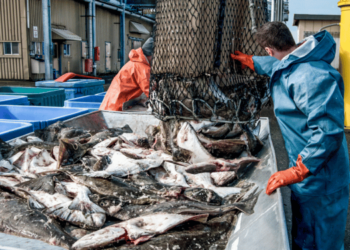Blue Carbon Credits – In a global context that seeks to reduce carbon dioxide emissions in the atmosphere, blue carbon credits play a crucial role. The concept of blue carbon refers to capturing carbon dioxide by plants, marine organisms, or biochemical processes that occur naturally in oceans. These natural carbon sinks have captured more than 60 percent of the carbon dioxide emitted by humans over the past 150 years.
However, the oceans’ ability to store carbon dioxide is at risk due to the consequences of climate change. In this article, we will tell you what blue carbon is, how natural carbon sinks work and how blue carbon credits can help prevent the negative effects of climate change on these natural ecosystems.
Blue Carbon is usually defined as the organic carbon captured and stored by vegetated coastal ecosystems (salt marshes, seagrass meadows, and mangroves). These ecosystems sequester or absorb carbon dioxide from the atmosphere through photosynthesis and by trapping carbon-rich particles coming from elsewhere. Mangroves and salt marshes specifically remove carbon from the atmosphere at a rate 10x greater and store 5x more carbon per acre than tropical forests (Source: NOAA). The conservation and restoration of blue carbon ecosystems are crucial in the fight against climate change. When these ecosystems are damaged or destroyed, the carbon stored in their soils is released back into the atmosphere; the total amount of stored carbon is roughly equivalent to a whole year of anthropogenic emissions. Protecting these ecosystems keeps this carbon locked away; restoring and expanding them allows more carbon to be sequestered.

Other species like kelp, calcifying organisms (coral, bivalves), and algae do cycle carbon dioxide, but their net impact varies.
Other benefits of blue carbon include preserving unique ecosystems like estuaries and their endemic species, as well as supporting the coastal communities that preserve them through employment, sale of carbon credits, and providing coastal protection and food security.
What are carbon credits?
Carbon credits are credits that entities, usually companies, can buy to offset their carbon footprint or greenhouse gas emissions. For example, if a company cannot avoid emitting carbon, they can give money to another party that actively works to reduce or remove carbon from the atmosphere, thus compensating for their carbon emissions (debt), or even creating a carbon-neutral status (Source: World Economic Forum). Offsetting carbon emissions can be a valuable tool but only in conjunction with actively reducing emissions.
How do they work?
Carbon credits are “packaged” into three categories, 1) emission reduction through efficiency measures, 2) active removal of emissions through carbon capture, and 3) avoiding emissions (for example, not clear-cutting rainforests).
In the past, a lack of monitoring or a standardized system has led to corruption within this process. A new report from UN Special Envoy for Climate Action and Finance Mark Carney drafted a blueprint for transparency within the carbon credit trading market based on verifying valid CO2 reductions. The report states, in order to be eligible to be traded, “carbon credits “must be based on projects that have been independently validated and monitored throughout their lifecycle” (World Economic Forum). As of May of 2020, the US Treasury has issued a new policy requiring companies to verify the amount of carbon captured in the credits they invest in.
How can I buy carbon credits?
You can purchase carbon credits directly from the individual organization’s website. Some examples of organizations that certify and/or sell credits are: VERA // PlanVivo // ACES // Katingan Project // Nori Carbon Removal Marketplace










